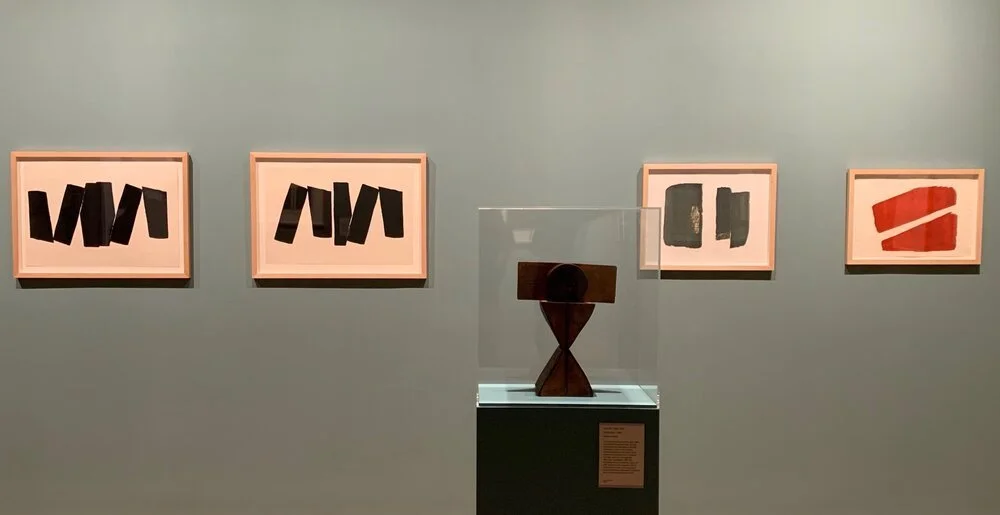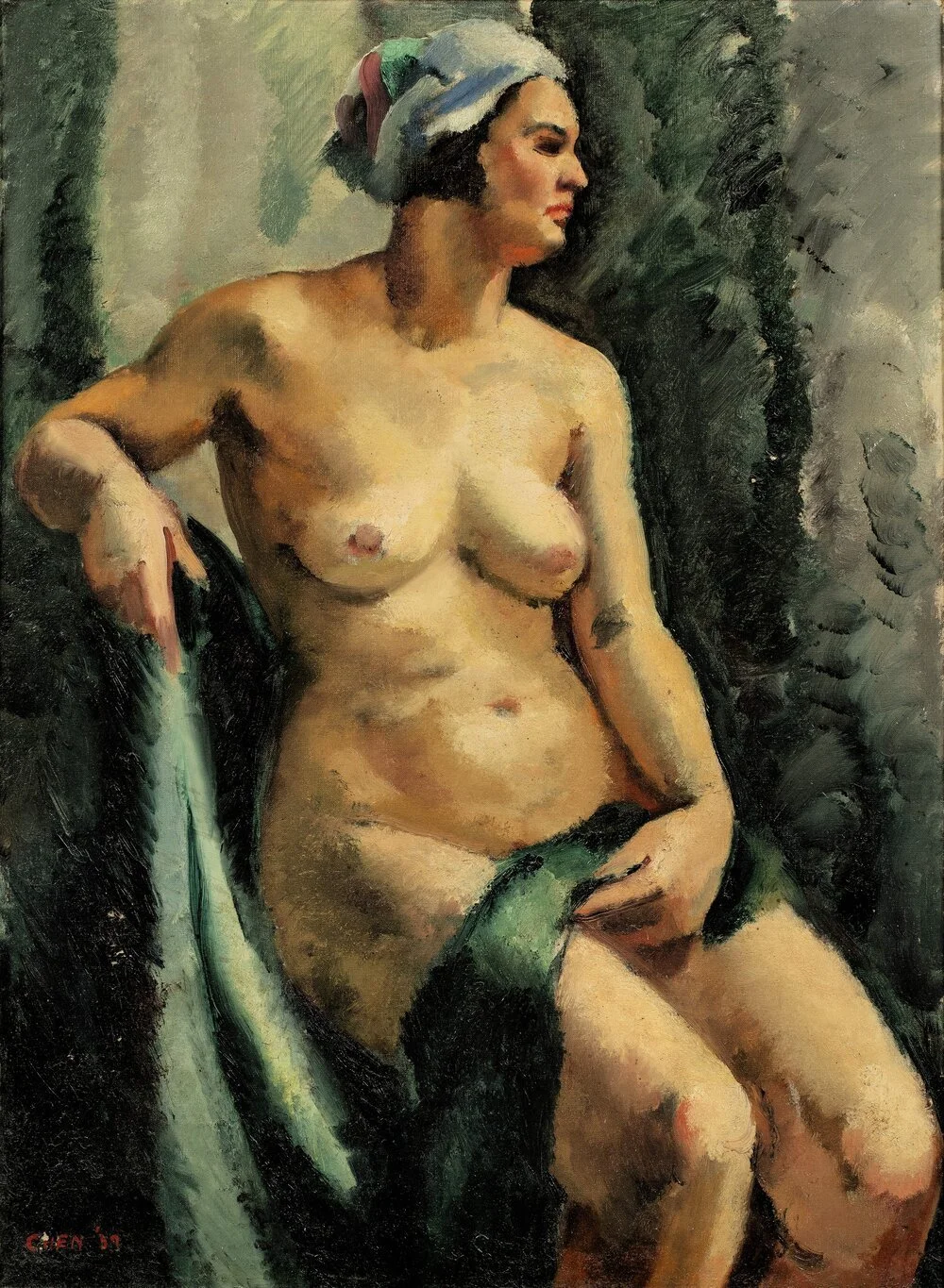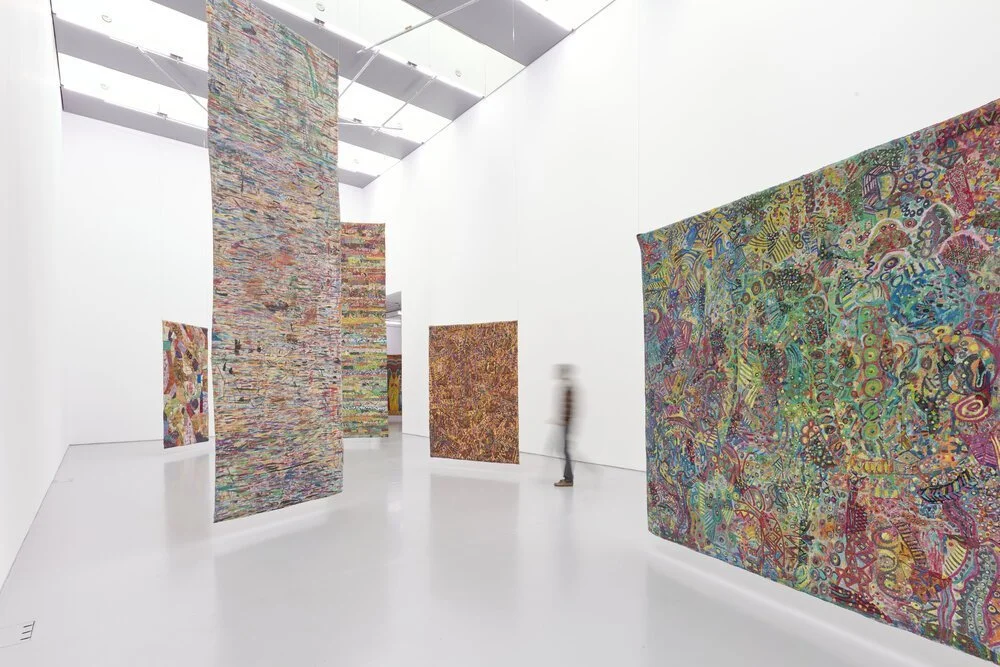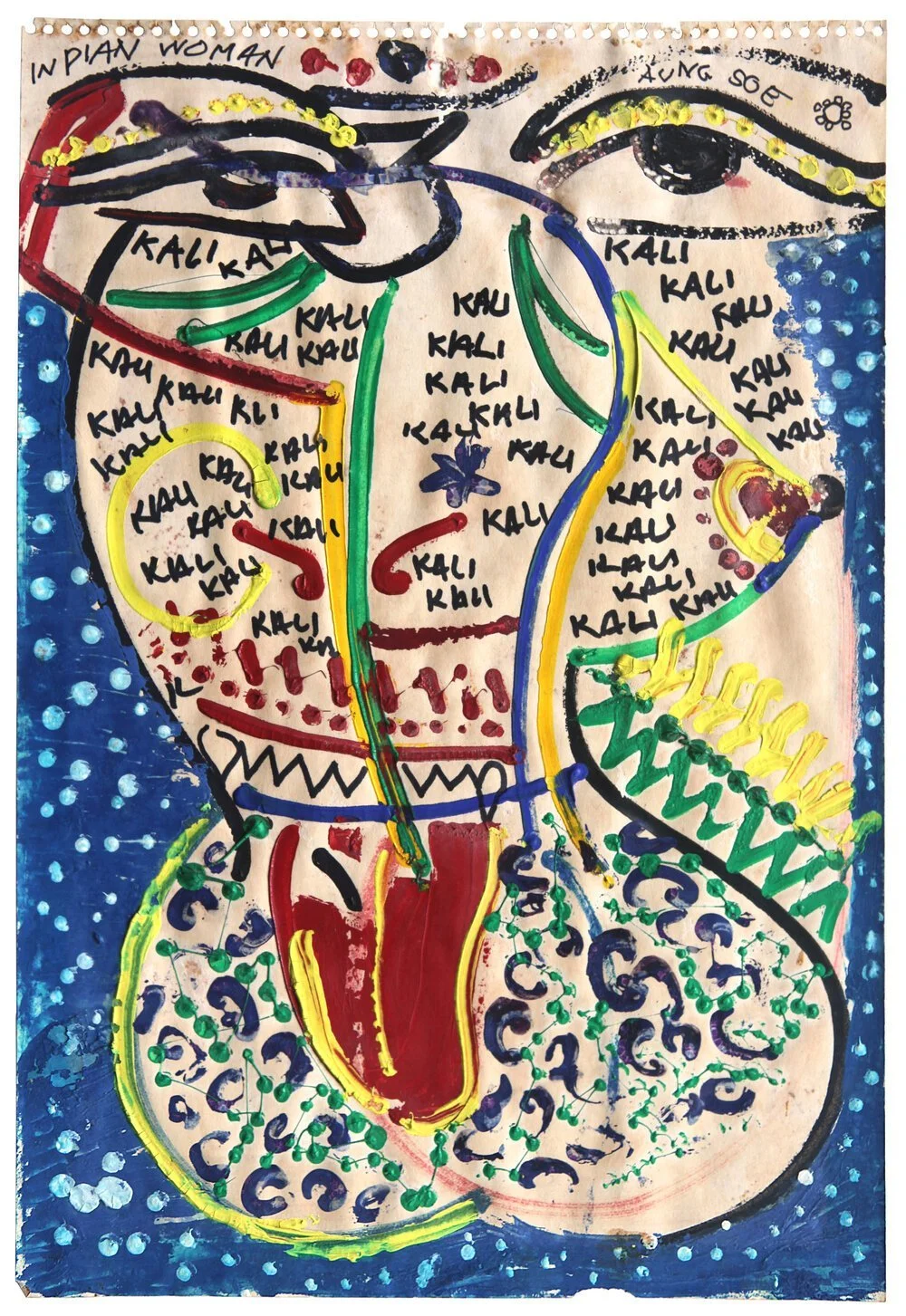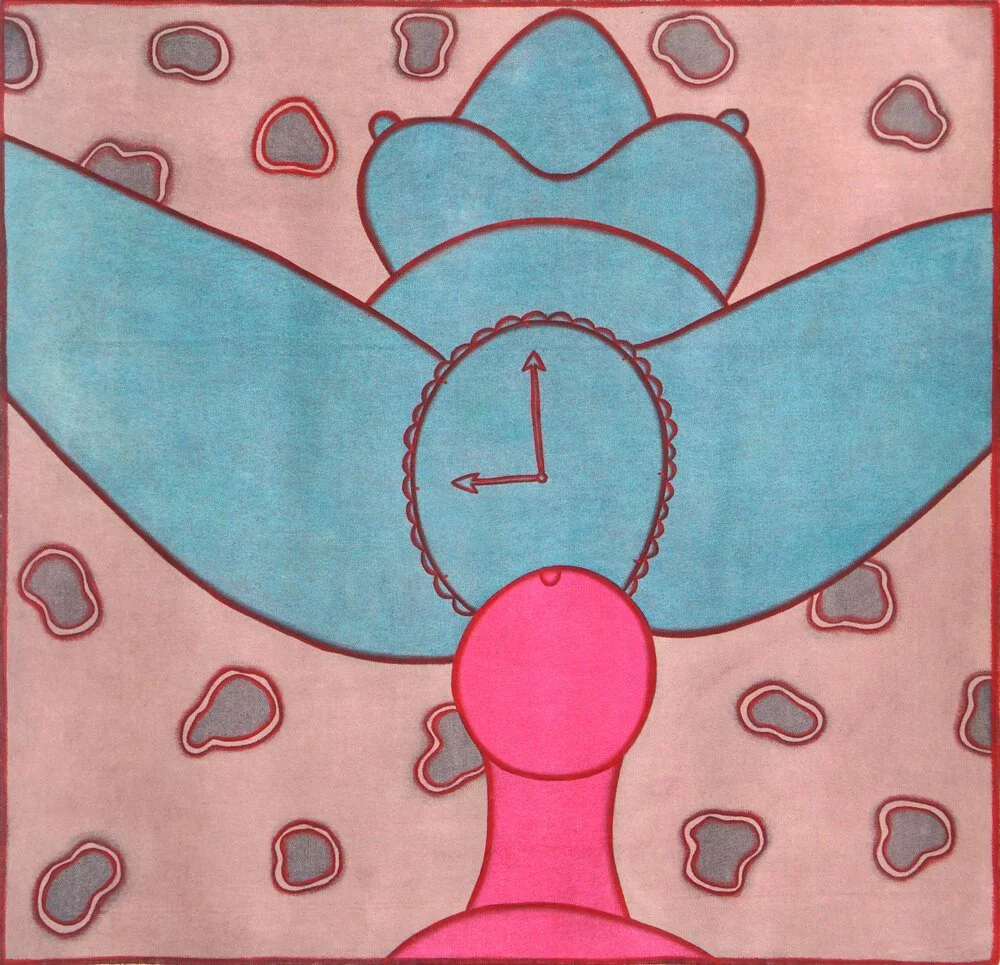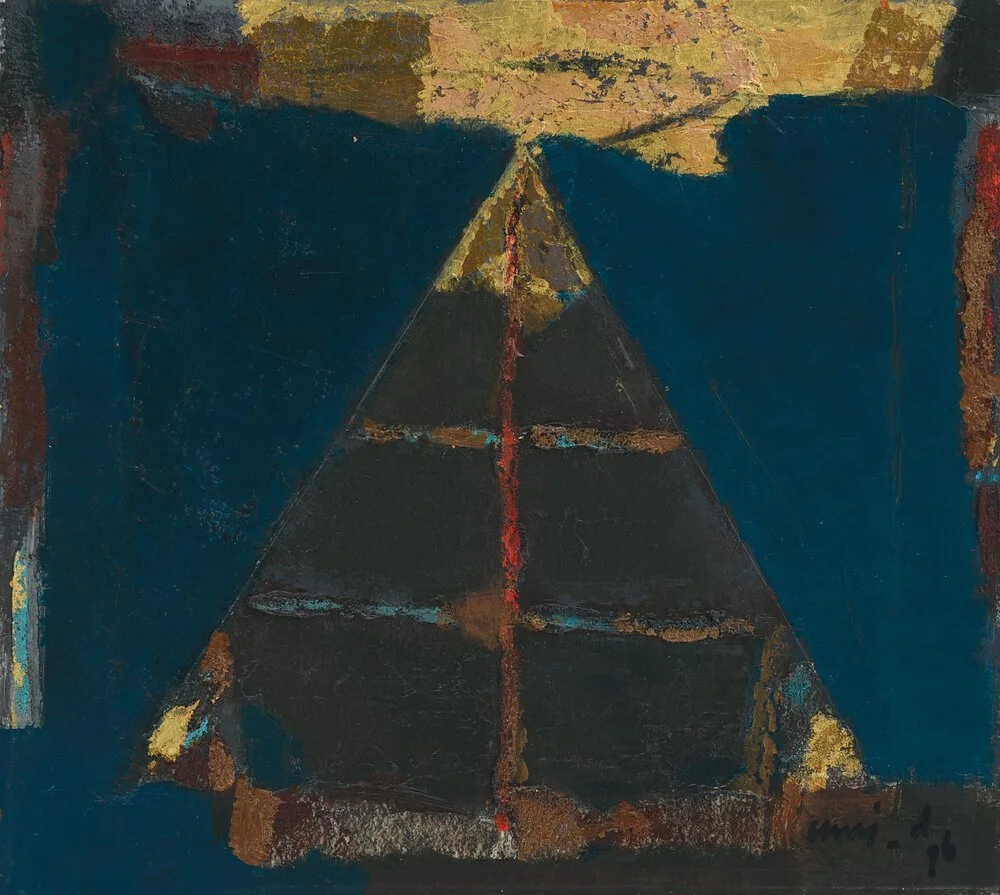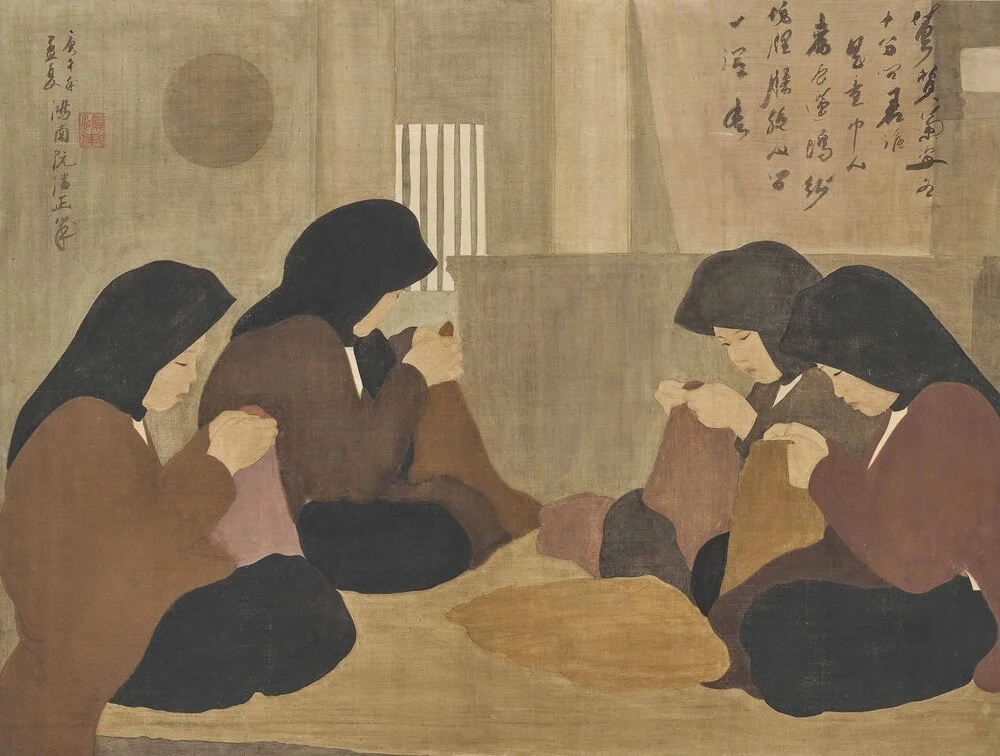Modern Southeast Asian Artists of Note
Kim Lim, Pacita Abad, IGAK Murniasih and more
Art history is a form of social history recorded through objects and gestures. While artworks speak to the specificity of its time, the history of its reception is equally important as a means of understanding the social climate of its audiences. This article looks at some of the modern Southeast Asian artists who gained prominence in the past year, by focusing on two key angles: institutional presence and market activity. It aims to understand the motivations and implications of recent critical and commercial interests in their work.
Installation view of Kim Lim: Carving and Printing at Tate Britain. Image courtesy of Tate Britain.
Female artists given due recognition
The stories and contributions of female artists are gaining mainstream recognition as institutions seek to re-evaluate and expand the artistic canon. The three female artists spotlighted below were not only highly accomplished, but also shared a broad international outlook. Further study of their work unveils a richer discourse of cultural syncretism informed by travel and immigration.
Tate Britain hosted Kim Lim: Carving and Printing (7 September 2020 − 5 April 2021), as part of its collection route British Art 1930 - Now. The exhibition of prints and sculptures by the late Singapore-born London based artist explored her engagement with the two mediums, and showed how specific forms are imbued with contrasting qualities based on her choice of material. Carving and Printing built on the momentum of recent interest in the artist, beginning with Sculpting Light (2018) her first major solo show in Singapore at STPI − Creative Workshop & Gallery; followed by a prominent inclusion in the National Gallery Singapore (NGS) blockbuster show Minimalism: Space. Light. Object (2018-19), and a solo exhibition at Sotheby’s S|2 Gallery in London (2018).
Georgette Chen, Femme nue (Nude), 1937, oil on canvas, 73 x 54cm. Image courtesy of Sotheby’s Hong Kong.
Georgette Chen is another Singapore artist with strong institutional presence. The highly anticipated retrospective exhibition At Home in the World (27 November 2020 – 26 September 2021) at NGS surveys various periods in Chen’s life: her student years in New York and Paris, the turbulent Japanese Occupation in China, and her time in Southeast Asia. Chen’s cosmopolitanism is evident in the different influences and locales reflected in her paintings. Among the pieces on view is Femme nue (Nude) (1937), a rare early work which achieved the hammer price of HKD1.3 million at Sotheby’s Hong Kong in July 2020, less than six months before the exhibition opening. Now part of the NGS collection, it is the only nude oil painting by Chen held in a public collection.
Similarly, travel was a key facet of Pacita Abad’s life. Married to a developmental economist whose work brought them around the globe, Abad’s work wove together her transnational experiences and diverse cultural traditions. She is best known for her intricate and exuberant ‘Trapunto’ paintings, where layers of embellishment and collage objects are attached to quilted material. Silverlens, which represents Abad’s estate, featured solo presentations of her work at the Woven Section of Frieze London 2019 and in Art Basel 2020 OVR:20c. In 2021 alone, Abad’s pieces would have been included in the 13th Gwangju Biennale (South Korea, 1 April – 9 May 2021), and will also be shown at Haus der Kunst (Munich, Germany, 11 June 2021 – 9 January 2022), the Kathmandu Triennial (Nepal, 27 October – 27 November 2021), as well as in a solo exhibit at the Jameel Art Centre (Dubai, October 2021). A major retrospective of Abad’s paintings is planned to open at the Walker Art Centre (Minneapolis, United States) in 2023, and it is expected to travel to other North American museums.
Pacita Abad: Life in the Margins, 2020, installation view at Spike Island, United Kingdom. Image courtesy of the Pacita Abad Art Estate and Spike Island, photo by Max McClure.
For Lim and Abad, their estates played crucial roles in protecting the artists’ legacies and keeping their work in the public eye. Lim’s sons Alex and Jonny Turnbull not only worked closely with curators and galleries such as STPI and Sotheby’s S2 to realise exhibitions in Singapore and London respectively, but also created Turnbull Studio, a purpose-built space to properly showcase the work of their parents, Lim and William Turnbull. Abad’s nephew, artist Pio Abad, co-curated two of her major institutional solo exhibitions: ‘I Have One Million Things To Say’ at MCAD Manila (Philippines, 12 April – 1 July 2018) and ‘Life in the Margins’ at Spike Island (Bristol, United Kingdom, 18 January – 5 April 2020).
Renewed appreciation for overlooked artists
An institution leading the way in exploring plural modernities is Centre Pompidou. As a respected museum in the domain of 20th century art, its efforts bring about a ripple effect that cannot be overstated. For instance, the market for Malaysian artist Latiff Mohidin’s work has heated up following a focused presentation of his Pago Pago series in 2018. To date, demand for this series remains high due to its rarity, not just from collectors in Malaysia and Singapore, but also prominent international museums.
Beyond its implications for the market, Centre Pompidou’s interest in the region is particularly impactful when resources for research and conservation are lacking in the artist’s home country. The second Southeast Asian artist to have a solo exhibition at the Parisian institution is Bagyi Aung Soe, a maverick figure who espoused modern art as a “living tradition” that constantly negotiates between the inherited past and the new.
Bagyi Aung Soe, KALI with om in Bengali script, c. 1986, mixed media on paper, 45.5 x 30.5cm. Image courtesy of Gajah Gallery.
Though Aung Soe’s philosophy and vision extends beyond borders, knowledge and appreciation of his oeuvre has been largely confined to Myanmar. Outside of the country, Gajah Gallery and National Gallery Singapore have the largest private and public collections of his work respectively. Co-curator Yin Ker comments that this impediment is partly due to the stereotypes perpetuated about Myanmar and the tribulations since her independence, as well as the artist’s disinterest in pursuing networks of patronage. The fact that Aung Soe’s work does not conform to conventions of the art world also contributed to its exclusion, as his preferred medium of felt-tip pen on paper commands little currency in the international art market for modern art. Thus, the show is pivotal in bringing much-needed scholarship and global attention to this unfamiliar name.
Though Aung Soe’s philosophy and vision extends beyond borders, knowledge and appreciation of his oeuvre has been largely confined to Myanmar. Outside of the country, Gajah Gallery and National Gallery Singapore have the largest private and public collections of his work respectively. Co-curator Yin Ker comments that this impediment is partly due to the stereotypes perpetuated about Myanmar and the tribulations since her independence, as well as the artist’s disinterest in pursuing networks of patronage. The fact that Aung Soe’s work does not conform to conventions of the art world also contributed to its exclusion, as his preferred medium of felt-tip pen on paper commands little currency in the international art market for modern art. Thus, the show is pivotal in bringing much-needed scholarship and global attention to this unfamiliar name.
IGAK Murniasih, Saat Itu (At That Time), 2003, acrylic on canvas, 69.5 x 70.5cm. Image courtesy of Gajah Gallery.
Outside of major institutions, there has also been increased commercial interest in promoting the work of undervalued female artists. Against the backdrop of New Order era conservatism, Balinese artist IGAK Murniasih stood out with her unapologetic depictions of sex and violence. Her paintings also break from the traditional Pengoseken style of her mentor I Dewa Putu Mokoh in their unusual colour palette and naïve sensibility. Gajah Gallery inaugurated their exclusive representation of her estate with a solo exhibition On Beginnings (Yogyakarta, Indonesia, 19 October – 10 November 2019), and originally planned for a presentation at the Kabinett sector of Art Basel Hong Kong 2020.
Umi Dachlan, Contemplation, 1996, mixed media on paper mounted on board, 36 x 40cm. Image courtesy of Art Agenda, S.E.A..
Umi Dachlan holds her own as one of the few female modern Indonesian abstract artists of consequence. She studied under Ahmad Sadali at the Institute of Technology Bandung (ITB) and was its first female lecturer in 1969. Anchored by the publication of a new monograph, Art Agenda, S.E.A. organised a series of exhibitions and online programmes featuring the artist. Their project at Art Fair Philippines 2021 connects Dachlan and the Spanish-Filipino painter Fernando Zobel as two of the most accomplished modernist artists for whom abstraction proved a generative visual language to interpret landscape and the world around them.
Chen Cheng Mei represented the classic archetype of a 20th century traveler painter. She was a founding member of the Ten Men Art Group, a loose collective that included second-generation Singapore artists such as Lim Tze Peng, Seah Kim Joo and Lai Foong Moi. Active in the 1960s and 1970s, the group came together for painting expeditions around Southeast Asia, China and India. Their activities and works evinced a regional outlook during the postwar decolonisation period. With her passing on 19 December 2020, there has been renewed critical attention to study Chen’s role in the group, which is often eclipsed by its informal leader Yeh Chi Wei.
Global demand for Vietnamese painting
Undoubtedly, the biggest market story for Southeast Asian art in the past year is the growing demand for Vietnamese modern paintings. Though this trend was initially boosted by Vietnam’s economic growth and strengthened spending power, it is no longer limited to “home buyers”. Michelle Yaw, a specialist for Southeast Asian art at Sotheby’s, observes that heightened competition is driven by a powerful combination of local and international bidders.
French auction houses are also highly competitive in this field as they draw consignments from sellers in France who collected art from their former colony and wish to sell locally. Two of the five top hammer prices for Le Pho in the past year were achieved at the Parisian auction house Augettes: Young Girl with Peonies at €910,000, and Les deux sœurs au balcon (Two Sisters on the Terrace) at €460,00. In the genre of lacquer painting, Drouot set a record price for Van Ty Nguyen when bidding for ‘Hoi Dinh Chem’ closed at €650,000, more than four times its high estimate.
Nguyen Phan Chanh, Les couturières (Seamstresses at Work), 1930, ink and gouache on silk in its original Gain frame, 65.6 x 88cm. Image courtesy of Christie’s Images Ltd.
While Vu Cao Dam, Mai Trung Thu and Le Pho are the names dominating auction activity, the market has also turned to other key artists who contributed to the development of silk and lacquer painting. These are two distinctive 20th century modern art mediums closely associated with Vietnamese artists. New auction records were achieved at Christie’s Hong Kong for Nguyen Phan Chanh and Luong Xuan Nhi. Nguyen’s Les couturières (Seamstresses at Work) (1930) hammered at HKD8.9 million while Luong’s Le repos (Resting) (1936) closed at HKD4.2 million. Art Agenda, S.E.A., which has a specialism in Vietnamese modern paintings, has also placed a few significant Vietnamese paintings through private sales; the latest work they are bringing to the market is Tran Van Can’s At the Temple (1945). Across the board, early pre-war pieces created in the 1930s and early 1940s, a “golden period” of Vietnamese painting, are most sought after.
Mai Trung Thu, Portrait of Mademoiselle Phuong, 1930, oil on canvas, 135.5 x 80cm. Image courtesy of Sotheby’s Hong Kong.
The market outlook for Mai Trung Thu is set to reach new highs with an upcoming retrospective exhibition at the Ursulines Museum (Mâcon, France, 16 June – 24 October 2021). It will be the most important show dedicated to the artist, featuring nearly 140 works, the majority of which are on view for the first time to the public. Two months ahead of the Mâcon retrospective, Mai Thu’s Portrait of Mademoiselle Phong (1930) hammered at Sotheby’s Beyond Legends Modern Art Evening Sale for HKD20 million, achieving the world record price for the most expensive Vietnamese painting sold at auction. Its price is more than double of the previous record held by Le Pho’s Nude (1931), which sold at HKD9 million at Christie’s in 2019. Both pieces are historically significant early oil paintings made just after the two artists graduated from the Hanoi School of Fine Art. Portrait of Mademoiselle Phong boasts an impeccable provenance, having been exhibited at the prestigious Exposition Coloniale Internationale, Paris in 1931, a pivotal moment signalling Mai Thu’s entry into the European art world. It was also the first piece by the artist that was exhibited and sold in Paris. As the market for modern Vietnamese works grows, one can expect more visibility in the public eye as well as scholarship on their cultural significance.
Ultimately, institutional and commercial forces feed off each other in conferring value to works of art. A healthy balance of the two is necessary to maintain an artist’s place in the long arc of history. The renewed attention given to these modern Southeast Asian artists is not merely a recognition of their contributions, but is also indicative of the region’s increasing importance on the global stage today.
This essay was first published in CHECK-IN, A&M’s first annual publication. Click here to read the digital copy in full, or to purchase a copy of the limited print edition.

